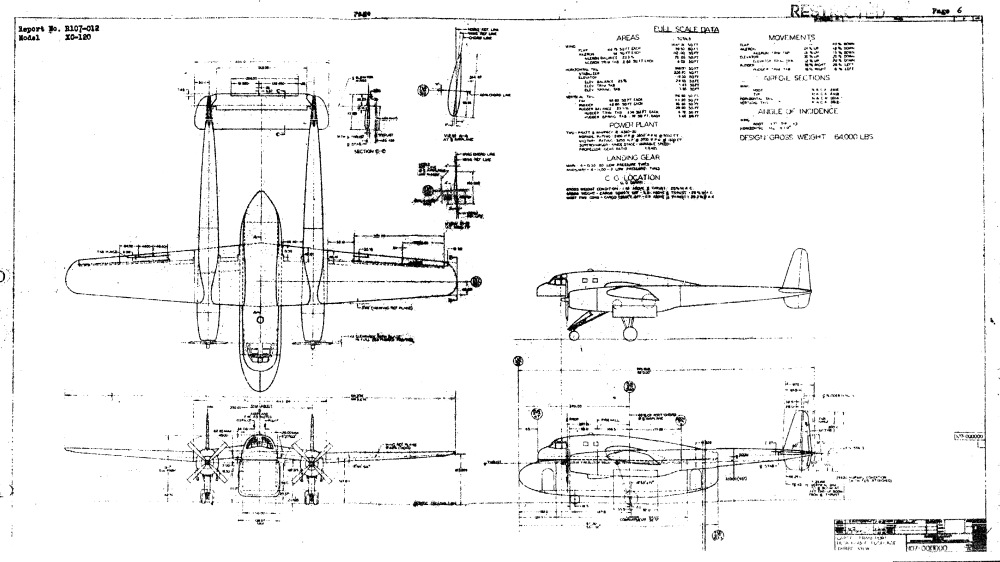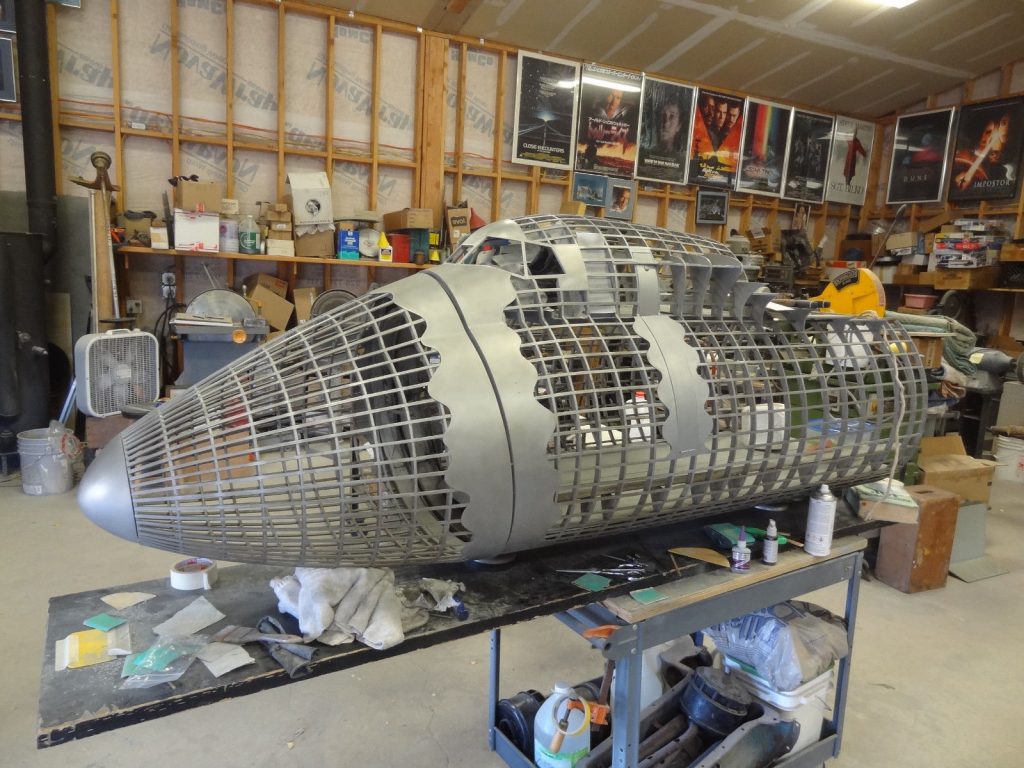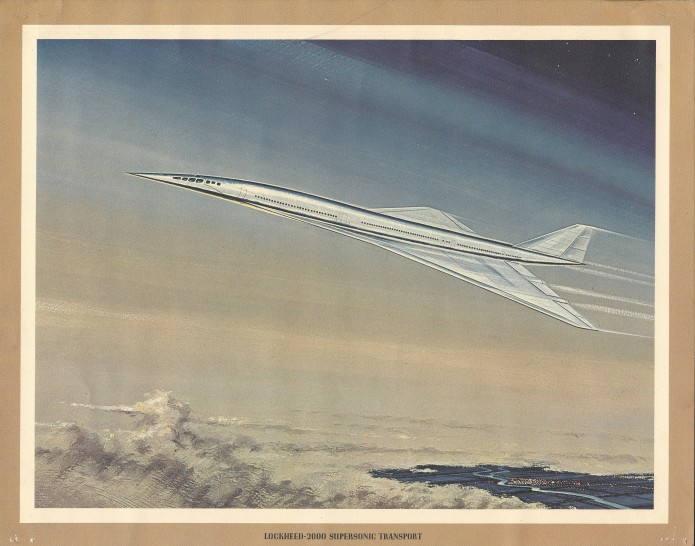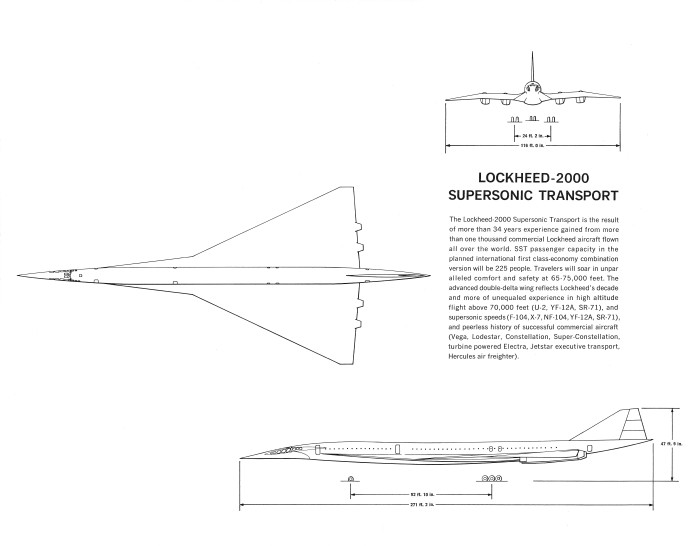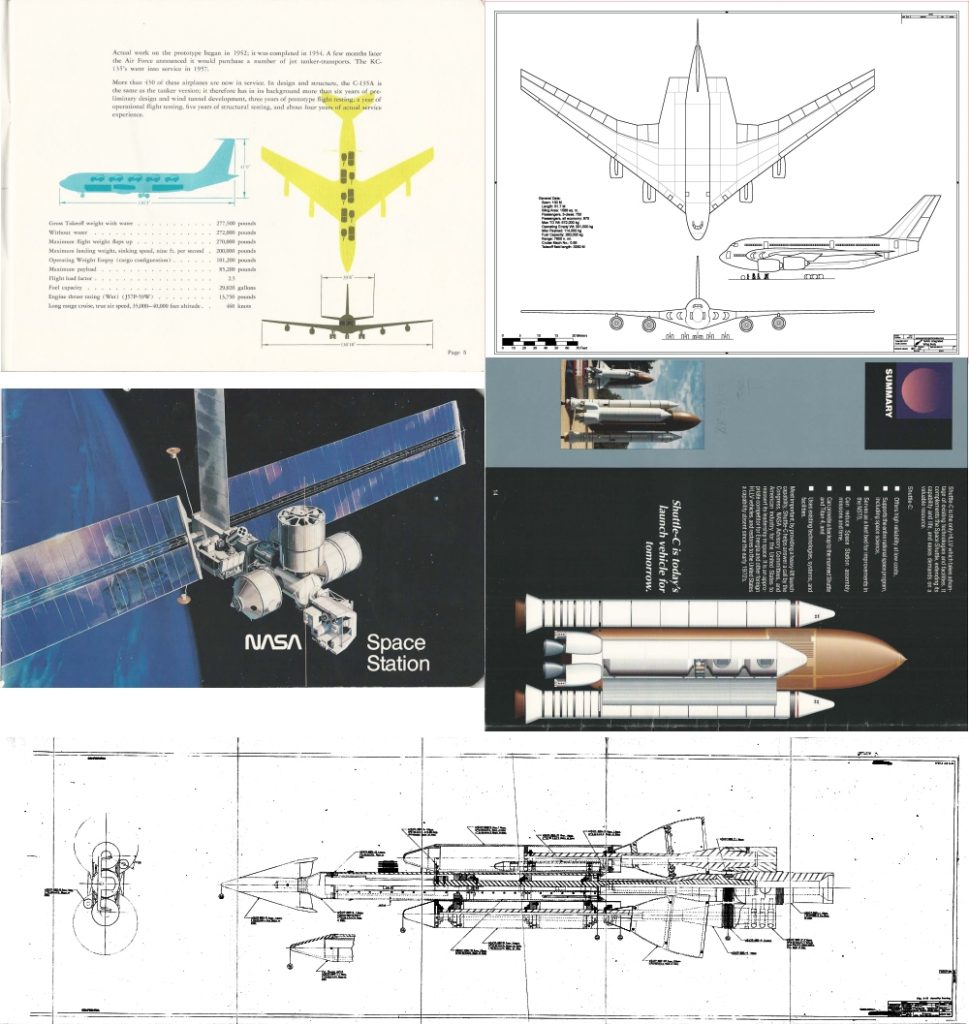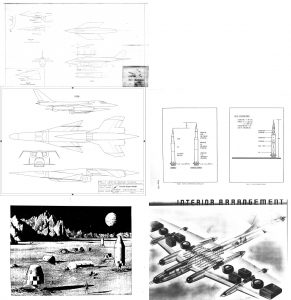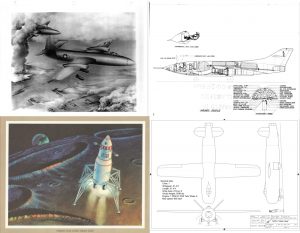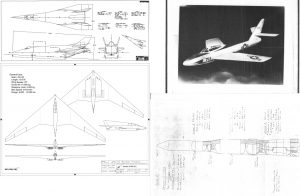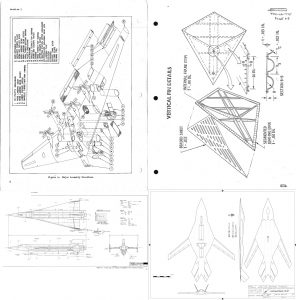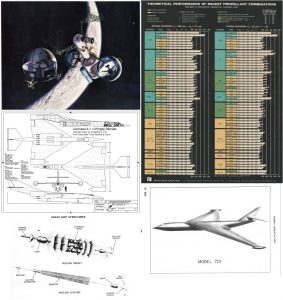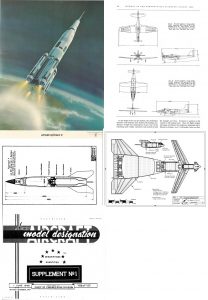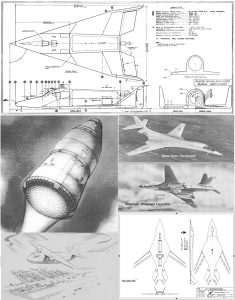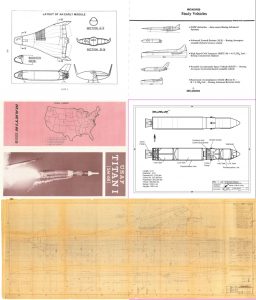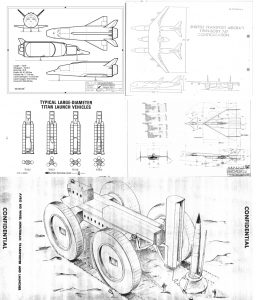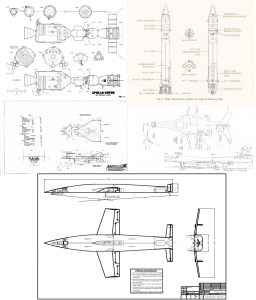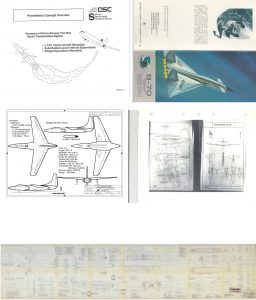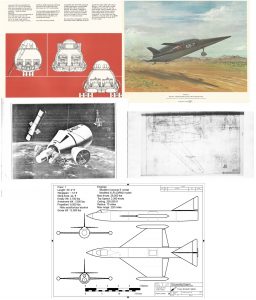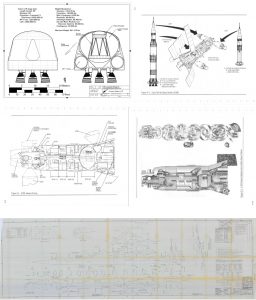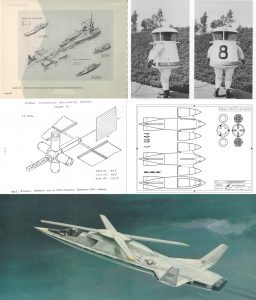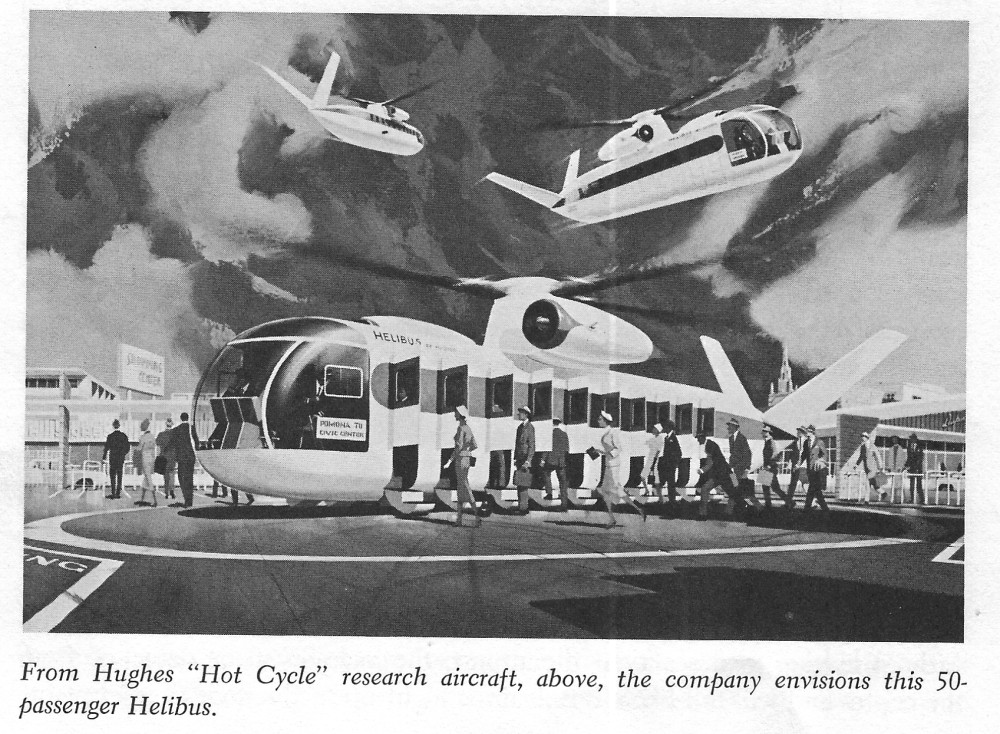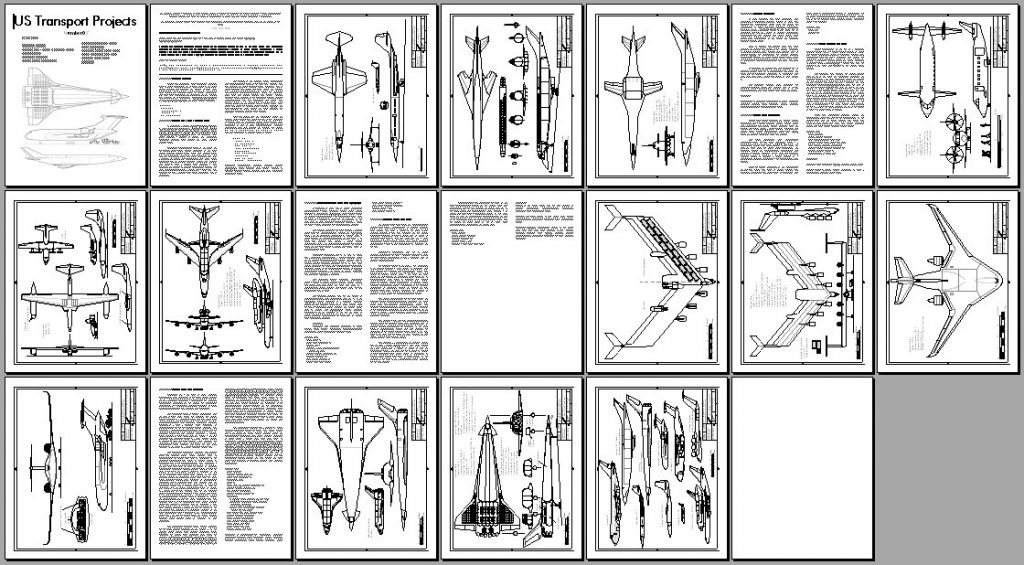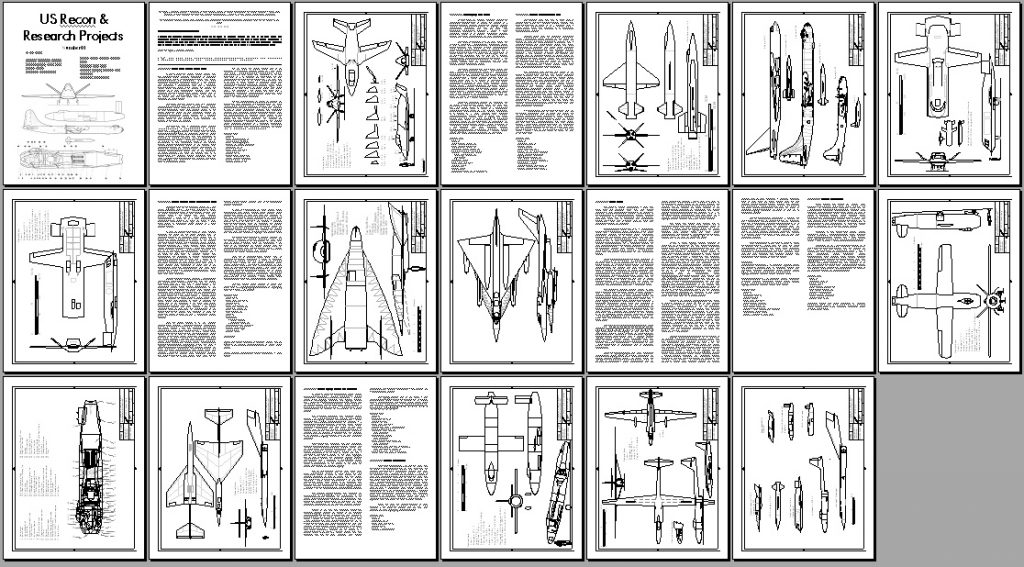Almost forgotten these days is the Fairchild XC-120 “Packplane,” the single example of which flew from 1950 to 1952. It was a cargo plane with a difference… the cargo was carried not in the fuselage, but in a replaceable “pod” carried below the flat-bottomed fuselage. It would permit the carriage and easy swapping of specialty pods… surgical units, housing, that sort of thing. An interesting notion, but not interesting enough to merit production.
Like a lot of aircraft, not a whole lot of good diagrams of the XC-120. I found a kinda horrible copy in a report, split into several pieces, and stitched it back together.
I’ve uploaded the full-rez version to the APR Patreon Extras Feb 2018 folder, available to all APR patrons at the $4 level and higher.
Support the APR Patreon to help bring more of this sort of thing to light!
